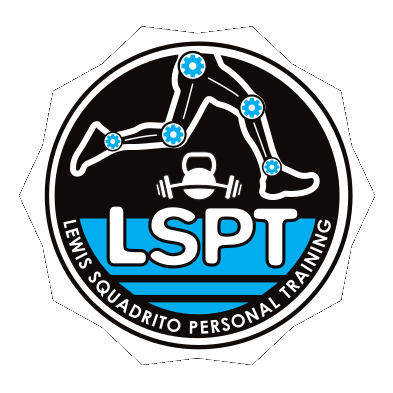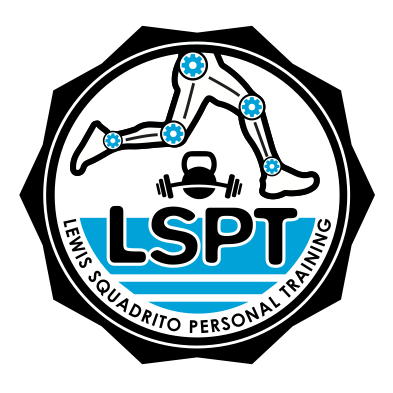The Myth of Conscious Correction
Common advice for improving posture involves conscious corrections like pulling shoulders back, lifting the chest, and standing tall. However, this approach is misguided and ineffective. Attempting to forcibly maintain such a stance can lead to further deterioration of posture. The underlying issue is that these efforts often target muscles that are already weak and overburdened, leading to chronic fatigue rather than strength and stability. Essentially, while the intention is to promote a healthy posture, the result can be counterproductive, emphasizing the need for a deeper understanding and approach to correcting your posture.
What is Posture?
Posture, often misconceived as merely the arrangement of the shoulders, is the alignment and positioning of the body as a whole. It’s a dynamic, responsive state rather than a static one, adapting to various activities and stresses. A comprehensive view of posture encompasses the entire body – from the feet and ankles, through the hips and pelvis, up the spine, to the head and neck. Each segment plays a crucial role in the overall postural alignment, positioning and functioning of the human body.
Individual Variations in Posture
There is no one size fits all definition of “good posture.” Individual differences in body shape, bone structure, muscle architecture and range of motion mean that what constitutes a healthy posture for one person may be different for another. These nuances must be considered when assessing and improving posture, emphasizing a personalized approach.
The Role of Postural Muscles
Postural muscles, which consist of thoracic and lumbar musculature, spinal erectors and several other muscles around the pelvis and shoulders, help maintain stability and postural alignment. They are designed for endurance, long duration isometrics and short range contractions, supporting the body throughout daily activities. Weakness in these muscles can lead to postural imbalances, contributing to discomfort and increasing the risk of injury, misuse or overuse.
Consequences of Poor Posture
Bad posture can lead to a range of problems, including back pain, neck pain, shoulder impingement, sciatica, SI joint pain, stiffness and decreased mobility. Over time, poor postural habits can result in structural changes in the body, such as alterations in the curvature of the spine, leading to conditions like kyphosis, lordosis, and scoliosis.
Furthermore, the impact of poor posture extends beyond physical discomfort and aesthetic concerns. It can profoundly affect various aspects of life. Poor sleep quality can be a consequence of postural issues, as discomfort and pain disrupt restful sleep patterns. This lack of quality sleep can then contribute to a cycle of fatigue and discomfort, exacerbating postural problems.
Poor cervical and thoracic posture can lead to respiratory issues, including snoring, sleep apnea, reduced lung capacity, and difficulty breathing, which in turn can exacerbate health problems like fatigue, cognitive impairment, and cardiovascular stress.
In the workplace, poor posture can lead to decreased productivity. Discomfort and pain distract attention and reduce the ability to concentrate, affecting work performance. Additionally, chronic pain and discomfort can lead to irritability and mood swings, impacting social interactions and overall mental health.
Causes of Poor Posture
Common contributors to poor posture include:
- Prolonged sitting, kneeling or standing in one position without movement.
- Incorrect ergonomics at workstations
- Over-reliance on passive support (slouching in chairs, laying sideways on a couch or leaning against a wal)
- Inadequate physical activity
- Muscle imbalances, weaknesses and stiffness.
Correcting Posture
Improving posture requires identifying and addressing muscle imbalances: strengthening those that are weak and stretching those that are tight. This process begins with physical assessments like the Thomas test, Faber test, and overhead squat test, which help pinpoint specific imbalances. Once these areas are identified, a tailored program of corrective exercises and stretches can be developed to target each problem area. In addition to these exercises, it may be necessary to make lifestyle adjustments, such as modifying workstations or replacing mattresses, to support better posture. Furthermore, addressing strength imbalances from exercise and sports activities is crucial to creating a balanced and functional musculoskeletal system.
Types of Postural Deviations
Specific postural deviations include upper cross syndrome (characterized by forward head and rounded shoulders), lower cross syndrome (marked by an anteriorly tilted pelvis and weak abdominal muscles), forward head posture, kyphosis (excessive curvature of the upper back), lordosis (excessive inward curvature of the lower back), and scoliosis (a lateral curvature of the spine).
Upper Cross Syndrome and Kyphosis
Tightness
- Pectoralis Major
- Pectoralis Minor
- Sternocleidomastoid
- Upper Trapezius
- Levator Scapula
- Suboccipitals
- Subscapularis
Weakness
- Middle Trapezius
- Lower Trapezius
- Serratus Anterior
- Deep Neck Flexors
- Infraspinatus
Lower Cross Syndrome and Lordosis
Tightness
- Lumbar Erector Spina
- Quadratus Lumborum
- Iliopsoas
- Rectus Femoris
Weakness
- Gluteus Maximus
- Gluteus Medius
- Biceps Femoris
- Rectus Abdominus
- Internal Obliques
- External Obliques
- Transverse Abdominals
Lifestyle, Age, and Posture
Lifestyle choices and aging can significantly impact posture. Sedentary behavior, poor physical fitness, and natural age-related changes in muscle contractility, extensibility and elasticity can contribute to postural decline. However, proactive measures like regular exercise and proper ergonomics can greatly preserve and promote proper posture.
In conclusion, understanding and maintaining good posture is a complex, dynamic process that requires more than just moment-to-moment adjustments. It involves a holistic approach to body alignment and muscle function, tailored to individual needs and circumstances. With proper awareness, intervention, and lifestyle modifications, it’s possible to achieve and sustain a healthy posture, enhancing overall well-being and quality of life.


